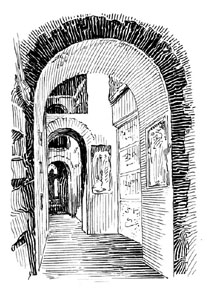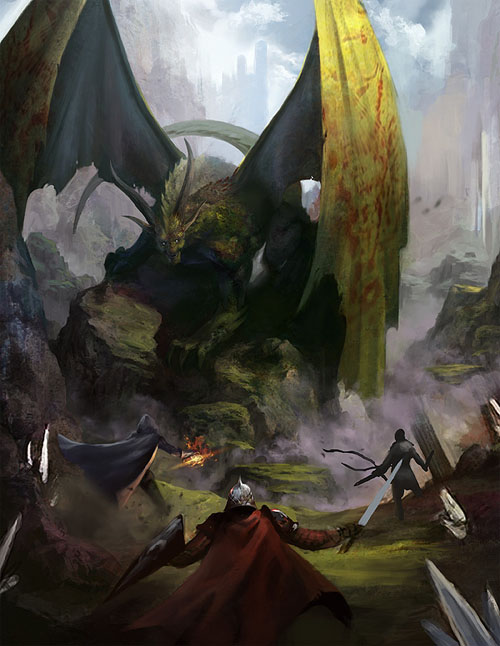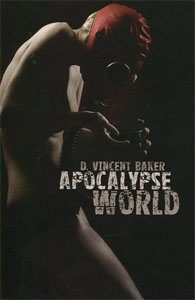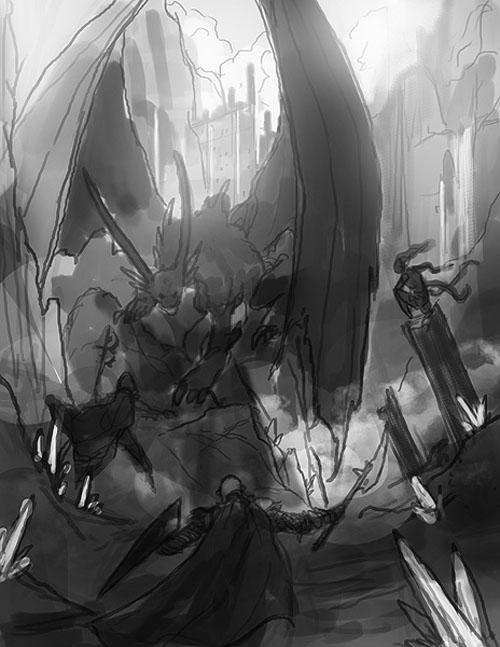The most successful scenario structure in the history of roleplaying games is the traditional dungeoncrawl. In fact, I believe that much of D&D’s success rests on the strength of the traditional dungeoncrawl as a scenario structure. (Notably, it is a structure which has proven extremely effective even when translated into other mediums and executed with completely different mechanics.)
First, for the player, it provides:
(1) A default goal. Specifically, “find all the treasure”, “kill all the monsters”, or some other variant of “clear the dungeon”. In other words, the structure inherently provides a reason for the player to engage the scenario.
(2) A default action. If a player is standing in a room and there’s nothing interesting to do in the room, then they should pick an exit and go to the next room.
Collectively, these mean that the player always has an answer to the question, “What do I do next?”
Second, for the GM, the dungeoncrawl is:
(1) Easy to prep. In fact, it’s virtually impossible for even a neophyte DM to screw up the design of a dungeoncrawl. What’s he going to do? Forget to draw an exit from the room?
(2) Easy to run. This extends beyond the macro-structure of the dungeoncrawl and begins to depend on the D&D ruleset itself, but, in general, any action proposed by the players within the dungeon will usually have a self-evident method of resolution. The dungeoncrawl also “firewalls” the adventure into discrete chunks (the individual rooms) which can generally be run as small, manageable packets.
Collectively, these mean that even first time DMs can reliably design and run a dungeoncrawl without leaving either (a) their players stymied or (b) themselves confused.
This is huge. Thanks to the dungeoncrawl, D&D can reliably create new DMs in a way that most other RPGs can’t and don’t.
But the dungeoncrawl also has a couple of other key features:
(1) It provides structure, but not a straitjacket. When the players ask themselves, “What do I do now?” the dungeoncrawl provides them with a default answer (“go through an exit”), but doesn’t prohibit them from creating all sorts of other answers for themselves: Fight the goblins. Investigate the arcane runes. Set up a fungal garden. Check for traps. Translate the hieroglyphics. Reverse engineer the construction of dwarven golems. Negotiate with the necromancer. And on and on and on. (It doesn’t even prevent you from leaving the structure entirely: The D&D rules include a multitude of options for bypassing the structure of the dungeon itself.)
(2) Flexibility within the form. The DM can put just about anything into the structure. Each dungeon room – each chunk of content delivered by the scenario structure – is a completely blank canvas.
Having this simple-to-understand, simple-to-design, and simple-to-use scenario structure makes D&D universally accessible in a way that, for example, Transhuman Space isn’t.
Next, let’s shift from the macro-level to the micro-level.

















